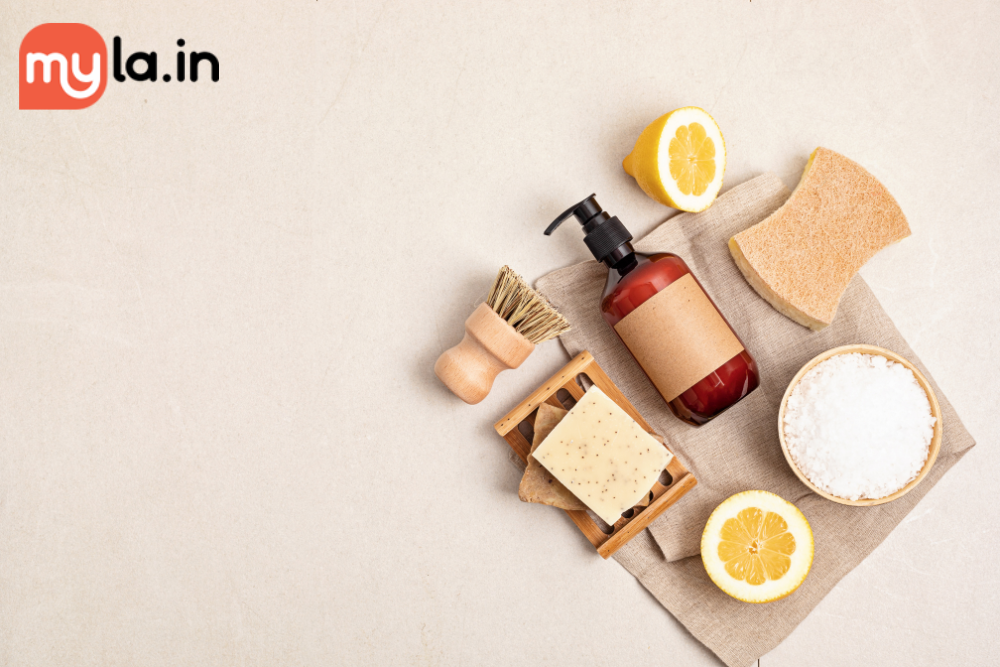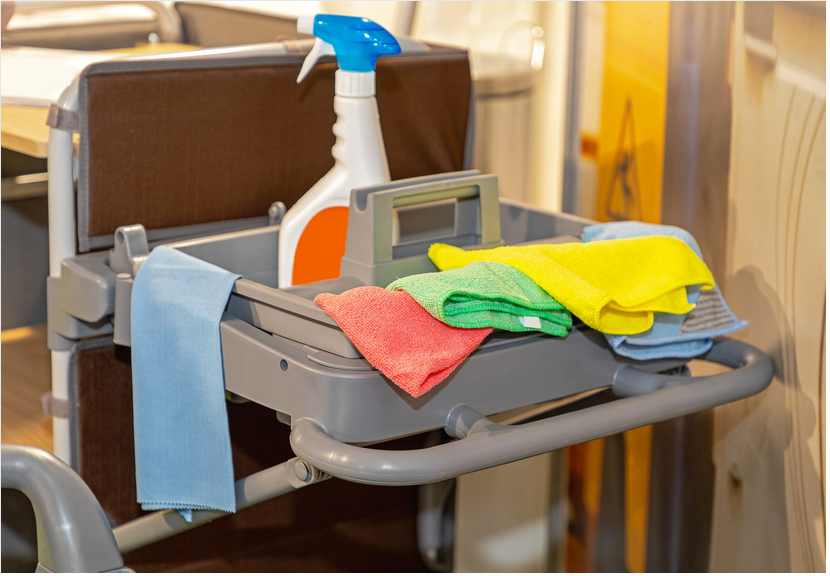Having a clean and organized home is essential for maintaining a pleasant living environment and promoting good health and well-being. However, hiring professional cleaning services can be costly. That’s where DIY cleaning hacks come in handy. With a few simple ingredients and some creativity, you can easily tackle cleaning tasks and achieve a pristine home without breaking the bank.
Essential Cleaning Supplies
Before we dive into the various DIY cleaning hacks, it’s important to have a few key cleaning supplies on hand. These supplies will make your cleaning tasks easier and more effective. Here are some essential cleaning supplies you should have:
Microfiber Cloths
Microfiber cloths are an absolute must-have for any cleaning arsenal. These versatile cloths are highly effective at removing dirt, dust, and grime from various surfaces. They are lint-free, absorbent, and can be used both dry and damp. Microfiber cloths are gentle on delicate surfaces like glass and stainless steel and leave no streaks behind.
Vinegar
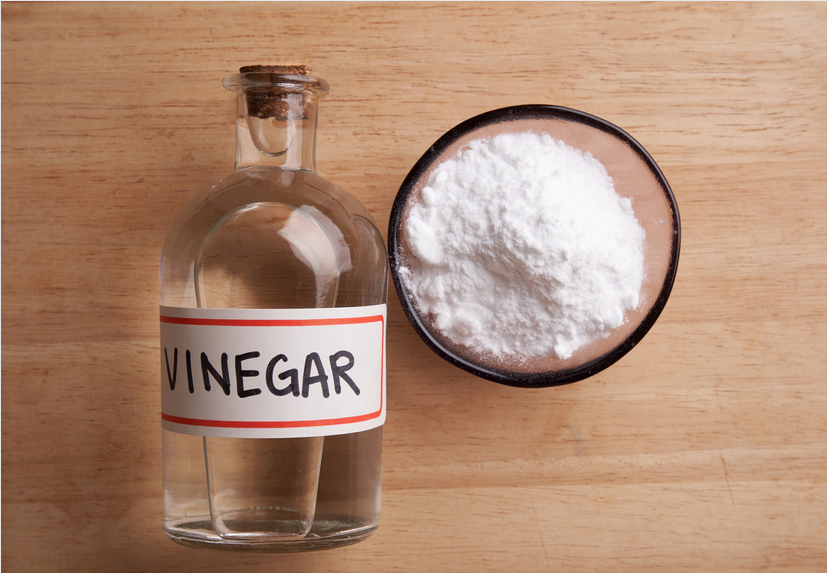
Vinegar is a powerful and affordable multi-purpose cleaner that should be a staple in every home. It contains acetic acid, which helps dissolve dirt, grease, and mineral deposits. Vinegar is particularly effective at cleaning windows, countertops, and floors. It can also be used to remove stubborn stains and odors. Additionally, vinegar has antimicrobial properties, making it a natural disinfectant.
Baking Soda
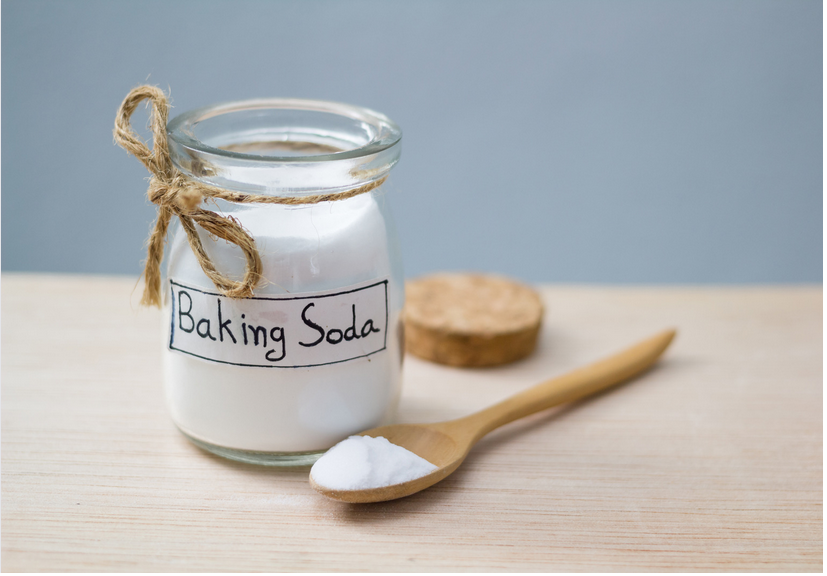
Baking soda is another versatile cleaning agent that can be found in most kitchens. It has mild abrasive properties, making it effective at scrubbing away stains and grime. Baking soda is excellent for deodorizing surfaces, eliminating odors from carpets, refrigerators, and trash cans. It can also be used to unclog drains when combined with vinegar.
Hydrogen Peroxide
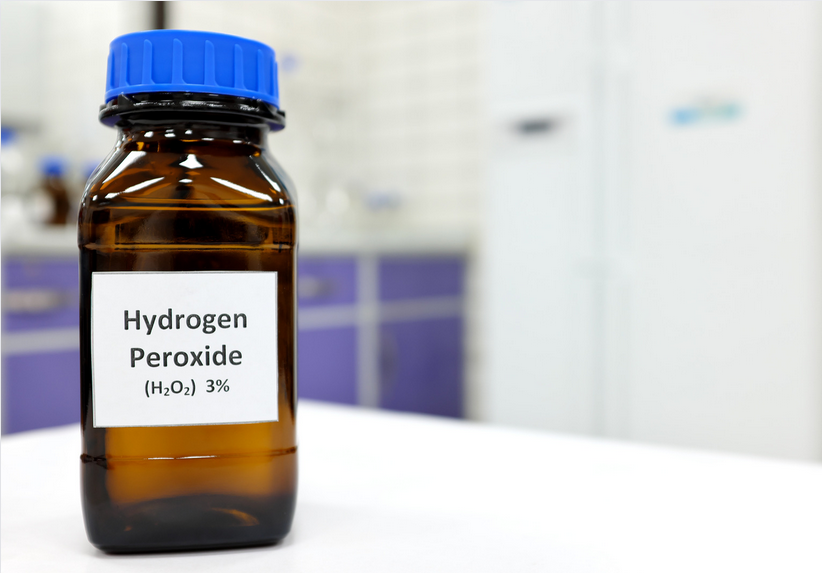
Hydrogen peroxide is a powerful stain remover and disinfectant. It is particularly effective at removing tough stains like blood, wine, and grass. Hydrogen peroxide can also be used to disinfect cutting boards, countertops, and bathroom surfaces. However, it should be used with caution on colored fabrics as it may cause bleaching.
Essential Oils

Essential oils not only add a pleasant fragrance to your DIY cleaning products but also provide additional cleaning power. Certain essential oils, like tea tree oil and lavender oil, have antimicrobial properties that can help kill bacteria and mold. They can also help mask unpleasant odors and leave a fresh scent behind. When using essential oils, always dilute them properly and ensure they are safe for the surface you’re cleaning.
Natural All-Purpose Cleaner

Creating your own all-purpose cleaner is not only cost-effective but also safer for your health and the environment. Here’s a simple recipe for a natural all-purpose cleaner using vinegar, water, and essential oils:
- In a spray bottle, combine equal parts vinegar and water. For a 16-ounce bottle, use 8 ounces of vinegar and 8 ounces of water.
- Add a few drops of your favorite essential oil for fragrance and added cleaning power. Popular options include lemon, lavender, and tea tree oil.
- Shake the bottle well to mix the ingredients.
- Your natural all-purpose cleaner is now ready to use!
Using natural cleaners, like the homemade all-purpose cleaner mentioned above, offers several advantages over chemical-based products. Firstly, natural cleaners are safer for your health. They do not contain harsh chemicals that can irritate the skin, eyes, and respiratory system. Secondly, natural cleaners are more environmentally friendly. They do not contribute to air and water pollution like many chemical cleaners do. Finally, natural cleaners are often more cost-effective in the long run. Most of the ingredients used in homemade cleaners are readily available and affordable.
Here are some tips for using the all-purpose cleaner effectively:
- Test the cleaner on a small, inconspicuous area before using it on a larger surface to ensure compatibility.
- Avoid using the cleaner on natural stone surfaces like marble and granite, as vinegar can cause etching.
- For tough stains or heavily soiled areas, let the cleaner sit for a few minutes before wiping.
- Remember to shake the bottle well before each use to distribute the essential oils evenly.
DIY Carpet Stain Remover
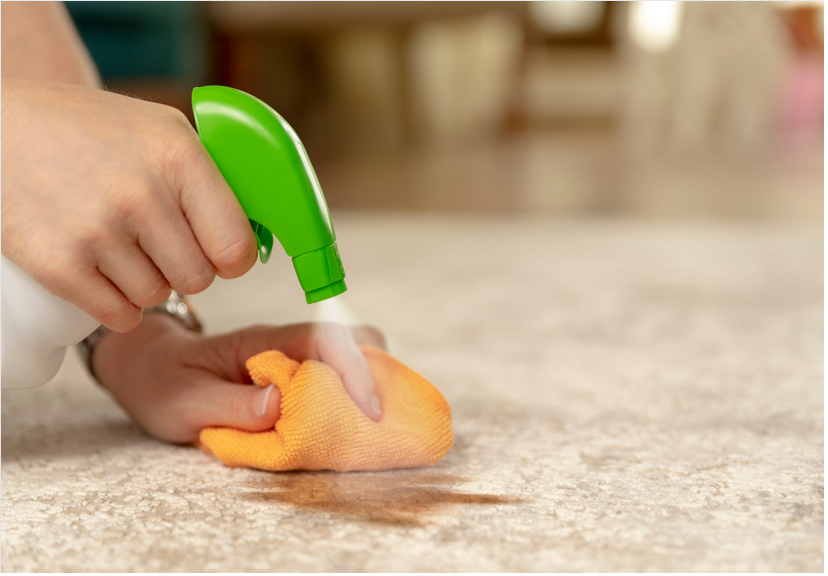
Carpet stains can be a hassle to deal with, but with a homemade carpet stain remover, you can easily tackle them. Here’s a simple recipe using baking soda and hydrogen peroxide:
- Sprinkle baking soda liberally over the stained area.
- In a separate bowl, mix equal parts hydrogen peroxide and water.
- Using a clean cloth or sponge, saturate the stained area with the hydrogen peroxide mixture.
- Gently blot the stain with the cloth, working from the outside of the stain inward.
- Continue blotting until the stain is lifted.
- Allow the area to dry completely, then vacuum up any remaining baking soda residue.
Here are some tips for treating different types of carpet stains:
- For food and beverage stains, it’s important to act quickly. Blot up as much of the stain as possible before applying the stain remover.
- For pet stains, be sure to remove any solid waste before treating the stained area. Blot the stain gently to avoid spreading it further.
- For oil-based stains, like grease or lipstick, sprinkle baking soda on the stain and let it sit for a few minutes to absorb the oil before applying the stain remover.
Microwave Cleaning Hack

Cleaning a dirty microwave can be a daunting task, but with this simple hack, it becomes effortless. Here’s what you’ll need:
- 1 cup of water
- 1/4 cup of vinegar
- 1 lemon (halved)
- Pour the water and vinegar into a microwave-safe bowl.
- Squeeze the juice of the lemon halves into the bowl, then drop the lemon halves in as well.
- Place the bowl in the microwave and heat on high for 5 minutes. The steam generated will help loosen the grime.
- Carefully remove the bowl using oven mitts or a towel, as it will be hot.
- Wipe the interior of the microwave with a damp cloth or sponge to remove any loosened dirt and grease.
- For stubborn spots, dip the cloth or sponge in the lemon water solution and scrub gently.
- Finally, dry the interior of the microwave with a clean cloth.
Here are some additional tips for maintaining a clean microwave:
- Cover food with a microwave-safe lid or microwave-safe paper towel to prevent splatters.
- Wipe down the interior of the microwave regularly to prevent buildup.
- Avoid using abrasive cleaners or scrub brushes that may damage the microwave’s surface.
DIY Air Fresheners

Creating your own air fresheners not only helps eliminate unpleasant odors but also adds a personal touch to your home. Here are a few simple DIY air freshener ideas using citrus peels, herbs, and essential oils:
Citrus Peel Simmer Pot
- Fill a small saucepan with water and add citrus peels (such as lemon, orange, or grapefruit).
- Add a few cinnamon sticks or a sprinkle of cloves for a warm, comforting scent.
- Simmer the mixture on low heat, adding more water as needed.
- Enjoy the refreshing aroma that fills your home.
Homemade Air Freshener Spray
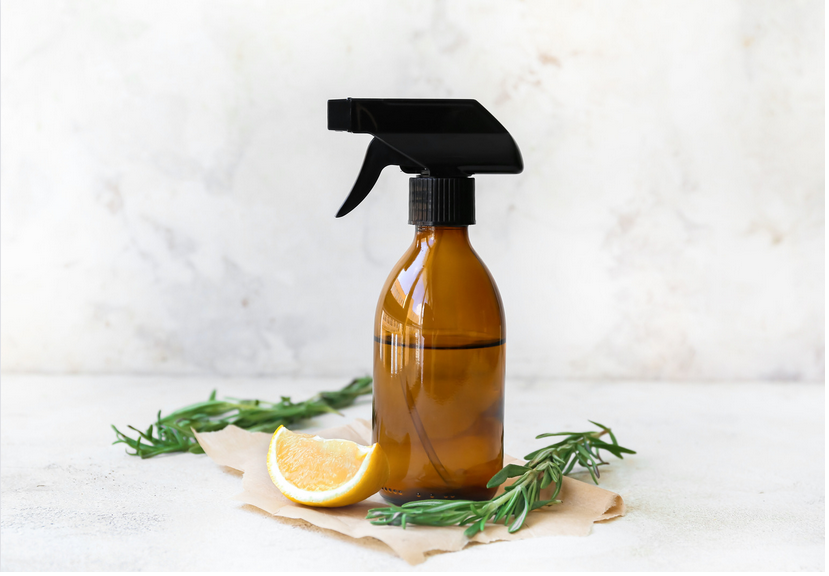
- Fill a spray bottle with water and add a few drops of your favorite essential oil or a combination of oils.
- Shake the bottle well before each use.
- Spray the mixture around your home as needed to freshen the air.
DIY Reed Diffusers
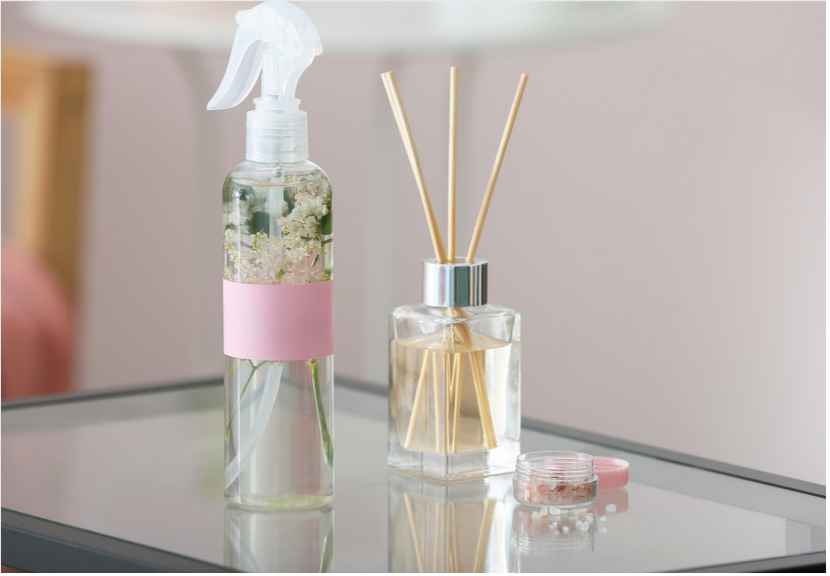
- Fill a small glass bottle or vase with a carrier oil like sweet almond oil or safflower oil.
- Add a few drops of your preferred essential oil or blend.
- Insert rattan reeds or bamboo skewers into the bottle, allowing them to absorb the scented oil.
- Flip the reeds occasionally to refresh the scent.
When choosing the right air freshener, consider the scents that you find most appealing and choose essential oils or ingredients that complement each other. Take into account the size of the area you want to freshen. A simmer pot may be more suitable for larger spaces, while a spray or reed diffuser works well in smaller areas. Experiment with different combinations of scents until you find your favorite.
Cleaning Hard-to-Reach Areas
Cleaning hard-to-reach areas in your home, such as ceiling fans, blinds, air vents, and baseboards, can be a challenge. However, with some innovative solutions and a little extra effort, you can keep these often overlooked spaces clean and dust-free.
Ceiling Fans

- Use an extendable duster or a microfiber cloth attached to a long handle to reach the fan blades.
- Place an old pillowcase over each blade, then gently slide it off. This will help capture the dust without spreading it around the room.
- Wipe down the fan blades with a damp cloth or use a vacuum with a brush attachment to remove any remaining dust.
Blinds
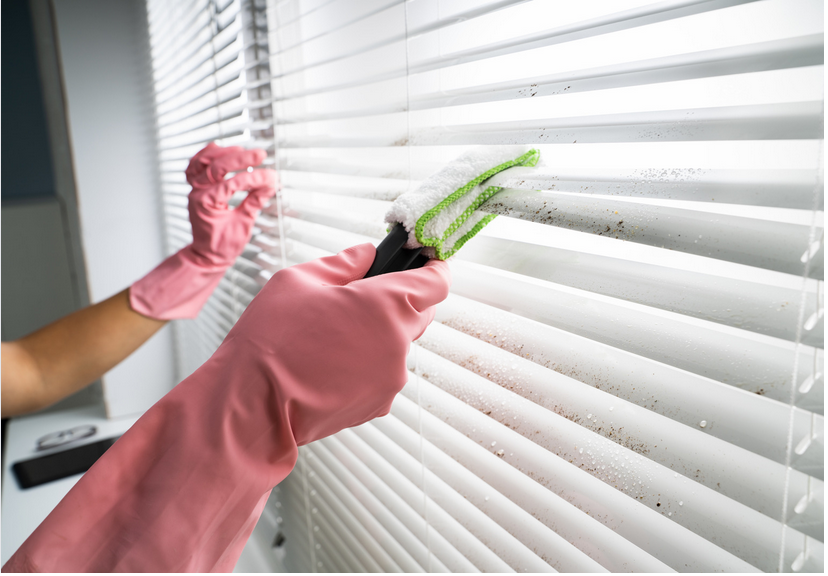
- Close the blinds and use a microfiber cloth or a duster to remove loose dust.
- Fill a bowl or basin with warm water and a small amount of mild dish soap.
- Dip a microfiber cloth or sponge into the soapy water, wring it out well, and wipe each blind slat from top to bottom.
- Rinse the cloth or sponge frequently in clean water to prevent transferring dirt.
- For heavily soiled blinds, you may need to remove them and soak them in the soapy water for a more thorough cleaning.
- After cleaning, use a dry microfiber cloth or towel to remove any excess water and prevent water spots.
Air Vents
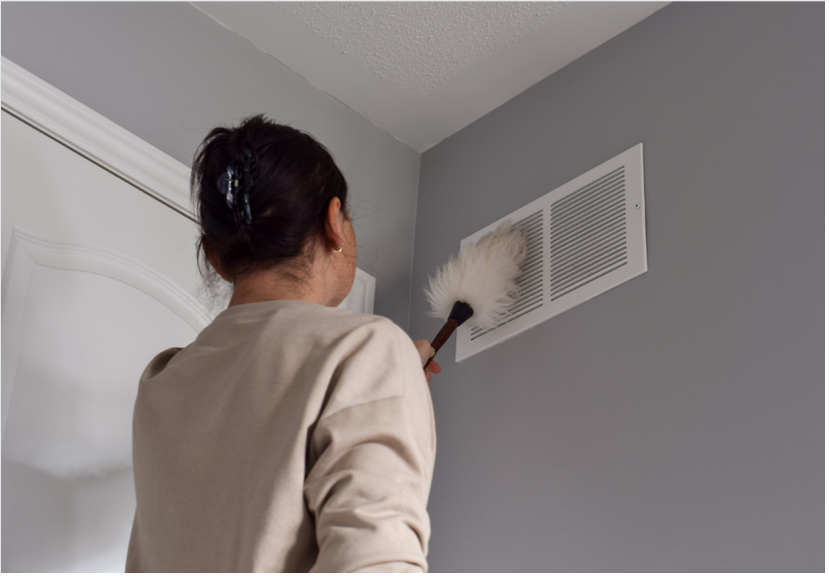
- Turn off the heating or cooling system before cleaning the air vents.
- Use a vacuum cleaner with a brush attachment or a microfiber cloth to remove dust and debris from the vent covers.
- For a deeper clean, remove the vent covers and soak them in warm soapy water. Use a brush or cloth to scrub off any stubborn dirt.
- Allow the vent covers to dry completely before reattaching them.
Baseboards
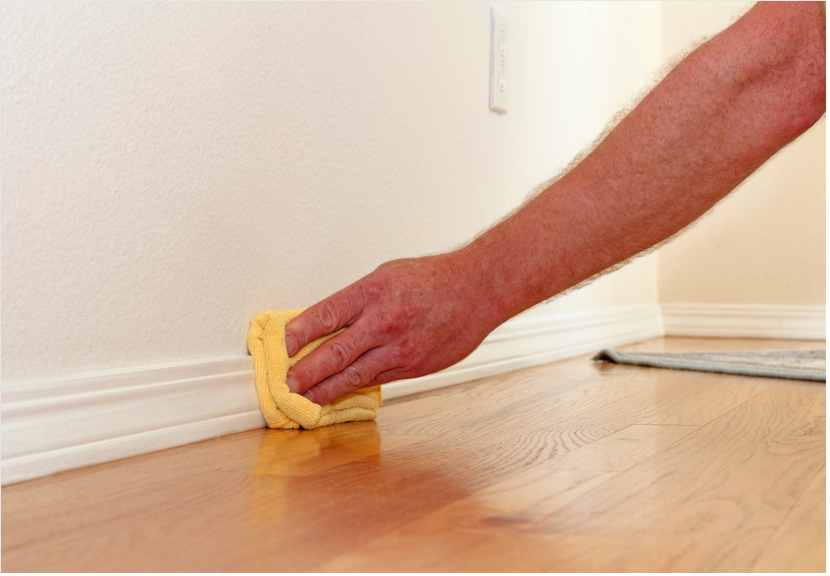
- Start by removing loose dust and dirt from the baseboards using a microfiber cloth or a duster.
- Fill a bucket with warm water and a small amount of mild dish soap.
- Dip a sponge or a microfiber cloth into the soapy water, wring it out well, and wipe down the baseboards.
- For stubborn scuffs or stains, use a magic eraser or a mixture of baking soda and water to gently scrub the affected areas.
- Dry the baseboards thoroughly with a clean cloth to prevent water damage.
When cleaning hard-to-reach areas, it’s important to take safety precautions:
- Use a sturdy step ladder or a step stool to reach high areas. Make sure it is placed on a stable surface and never overreach.
- Wear gloves to protect your hands from cleaning solutions and dust.
- Avoid using excessive force or abrasive tools that may damage surfaces.
DIY Cleaning Solutions for Bathroom
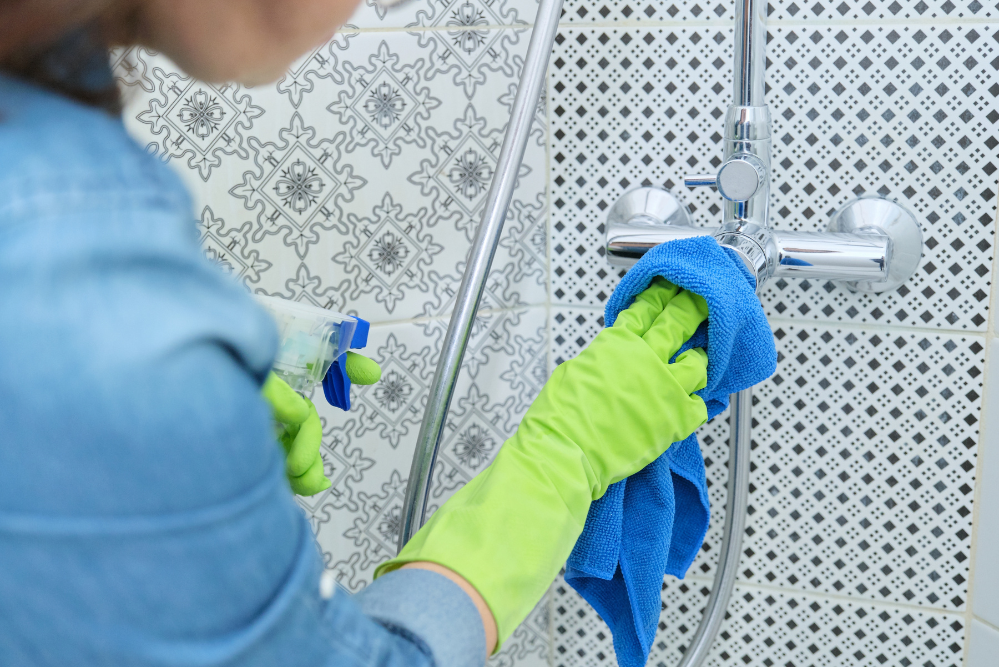
The bathroom is one of the most frequently used areas in any home and requires regular cleaning to maintain hygiene. Here are some homemade cleaning solutions for common bathroom cleaning tasks:
Soap Scum Remover
- In a spray bottle, combine equal parts white vinegar and water.
- Spray the solution onto soap scum-covered surfaces like shower walls, tubs, and glass doors.
- Let the solution sit for a few minutes, then scrub the area with a sponge or a brush.
- Rinse thoroughly with water and wipe dry.
Grout Cleaner
- Make a paste by mixing baking soda and water.
- Apply the paste to the grout lines and let it sit for 10-15 minutes.
- Scrub the grout with a toothbrush or a grout brush to remove dirt and stains.
- Rinse the area with water and wipe dry.
Toilet Bowl Disinfectant

- Sprinkle baking soda into the toilet bowl.
- Pour vinegar into the bowl, causing it to fizz and bubble.
- Scrub the bowl with a toilet brush, paying extra attention to stains and under the rim.
- Flush the toilet to rinse away the residue.
Here are some tips for maintaining a clean and hygienic bathroom:
- Wipe down surfaces regularly to prevent the buildup of dirt and grime.
- Use a squeegee after showering to remove water droplets from glass doors and tiles.
- Keep a small squeegee or a microfiber cloth near the shower to quickly wipe down surfaces after use.
- Open windows or use ventilation fans to reduce moisture and prevent mold growth.
Organization Hacks
Maintaining a clean and organized home goes beyond cleaning. It’s important to declutter and create storage solutions that maximize space and keep things in order. Here are some organization hacks for different areas of the house:
Decluttering Tips

- Start with one area at a time to avoid feeling overwhelmed.
- Sort items into categories, such as keep, donate, and discard.
- Get rid of items that you no longer use or need.
- Invest in storage solutions like bins, baskets, and drawer dividers to keep belongings organized.
Maximizing Space
- Utilize vertical space by installing shelves or hanging organizers.
- Use under-the-bed storage containers or vacuum-sealed bags for seasonal clothing and bedding.
- Install hooks or racks on the back of doors for hanging items like coats, bags, and towels.
- Utilize the inside of cabinet doors for additional storage by attaching hooks or small bins.
Kitchen Organization
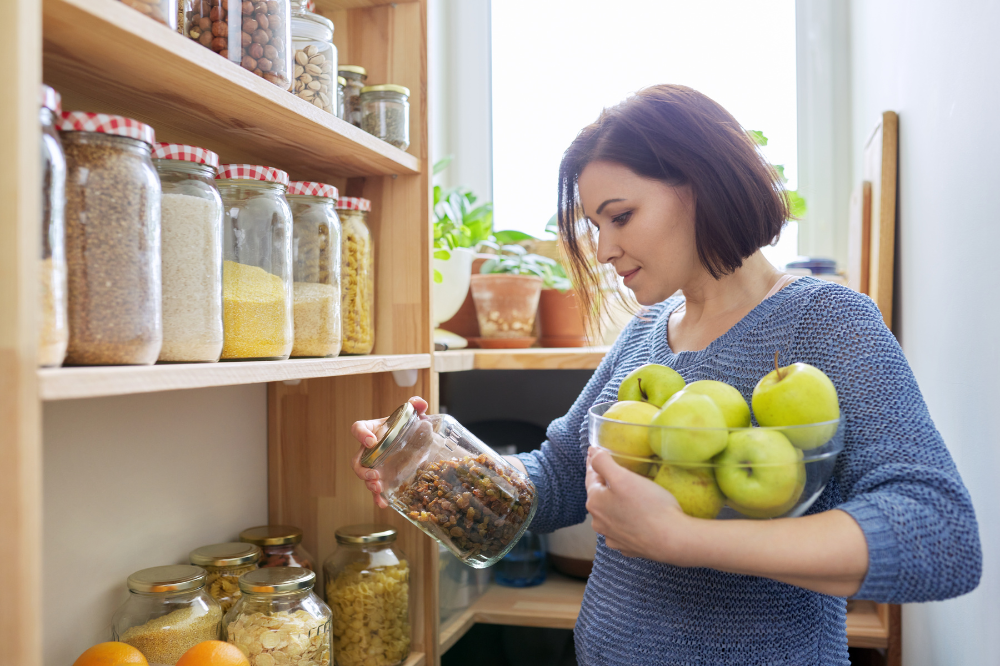
- Group similar items together in the pantry and label containers for easy identification.
- Use drawer dividers to keep utensils and small kitchen gadgets organized.
- Install a pot rack or a hanging storage system to free up cabinet space.
- Utilize the inside of cabinet doors for storing spices, measuring spoons, and other small items.
By implementing these DIY cleaning hacks and organization tips, you can easily maintain a pristine home without the need for expensive cleaning services. These hacks are not only cost-effective but also safer for your health and the environment. So, roll up your sleeves, gather your cleaning supplies, and get ready to enjoy the benefits of a clean and organized home!
